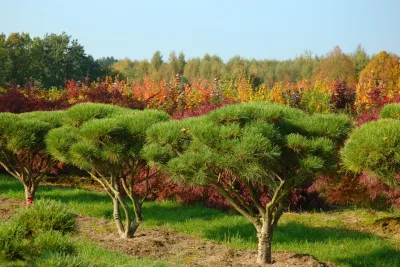Gleditsia triacanthos - Honey Locust
Variety overview
Specifications :
Origin:
Eastern North America
Habit:
Asymmetrical large tree, loose crown, 15-25 m tall, 8-10 m wide, sometimes umbrella-shaped when old; main branches reaching up like a fork, twigs horizontal with nodding tips, overhanging greatly in the lower crown; fast growth when young, 60-100 cm year, after 10 years slower, 20-30 cm.
Flower:
Modest, greenish white panicles; slightly fragrant, June to July.
Fruit:
Only in temperate zones, pretty, leathery, brown husks, 20-40 cm.
Leaves:
Simple to doubly pinnate, later shoots at the end of May (beginning of June), fresh green; yellow-green in autumn, rarely yellow, in October; foliage loose like ferns, casting light shade.
Twigs:
Very thorny, simple on young twigs, thorny clusters on branches and small stems.
Roots:
Not sensitive, shallow to moderately deep, far-reaching, tolerate covering, open tree-grid better; do not collect nitrogen; unlike Robinia, no runners.
Demands:
Not demanding, sun, tolerates heat, moderately frost hardy, with occasional frost damage, small specimen more sensitive than large ones; tolerates long droughts; good for urban and industrial areas, sensitive to wind.
Soil:
Good on fresh or moist soil; poor, well drained, sandy-loamy or sandygravely substrates are favourable, slightly acidic to very alkaline, the more nutritious and heavier the soil, the greater the danger of frost damage and breakage due to wind.
Note:
Never cut in spring as the woands bleed and weaken the tree.
Hardiness:
Zone 6a

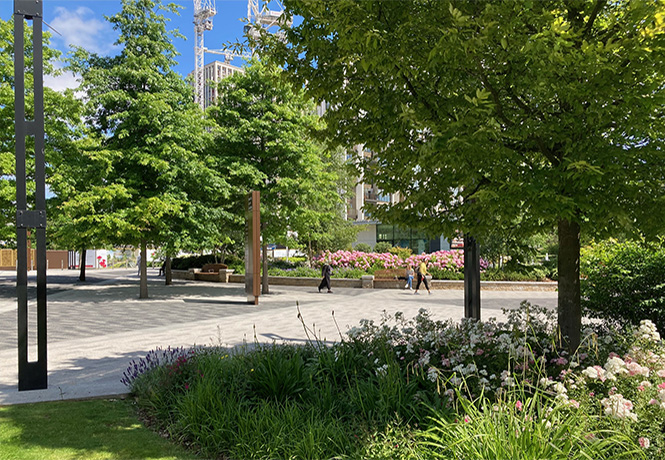
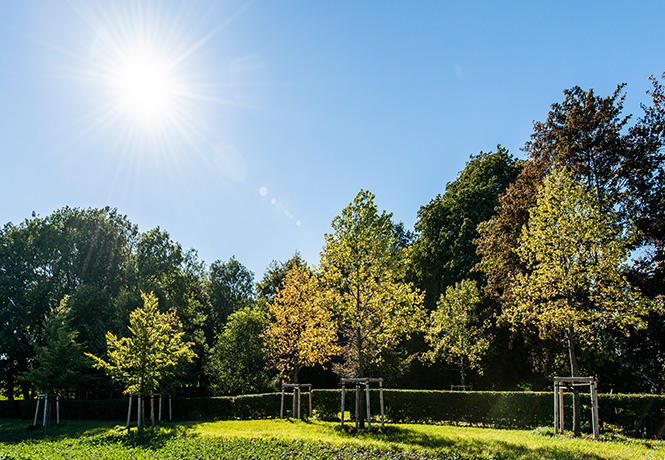
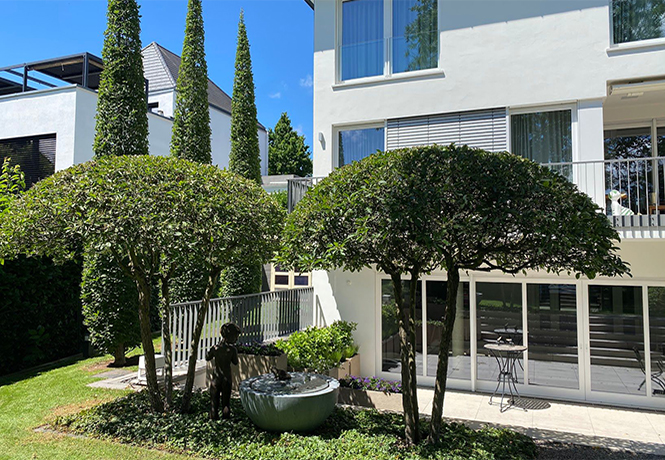
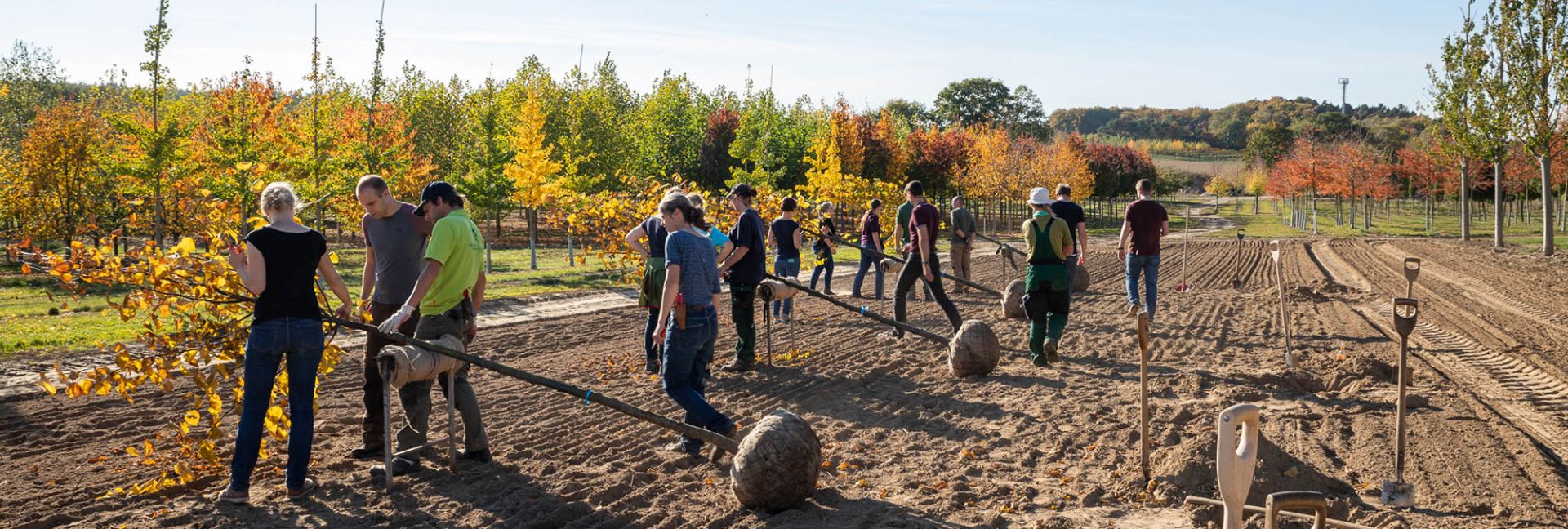

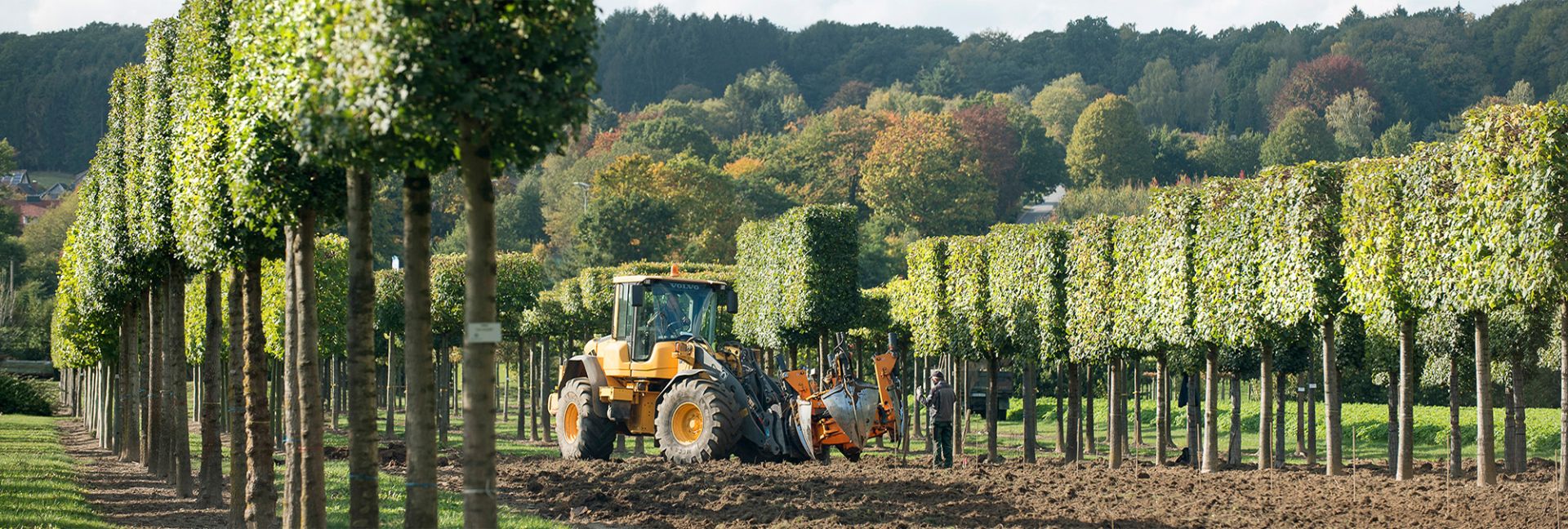
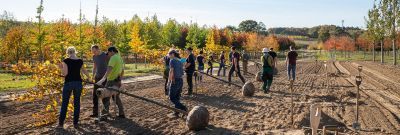
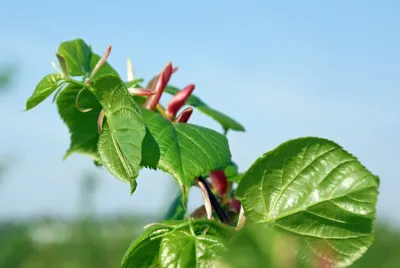
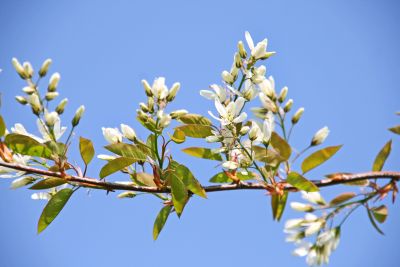
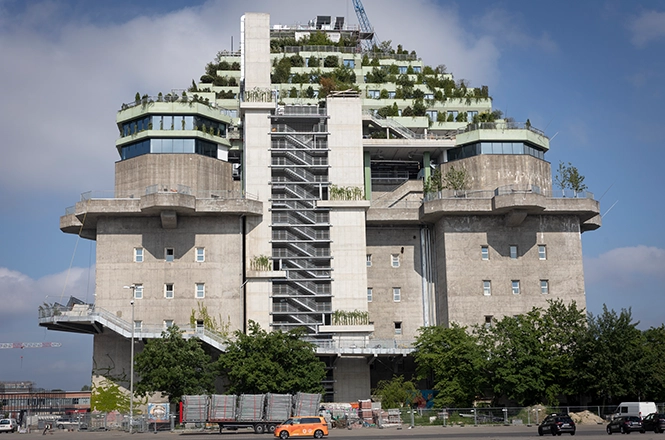
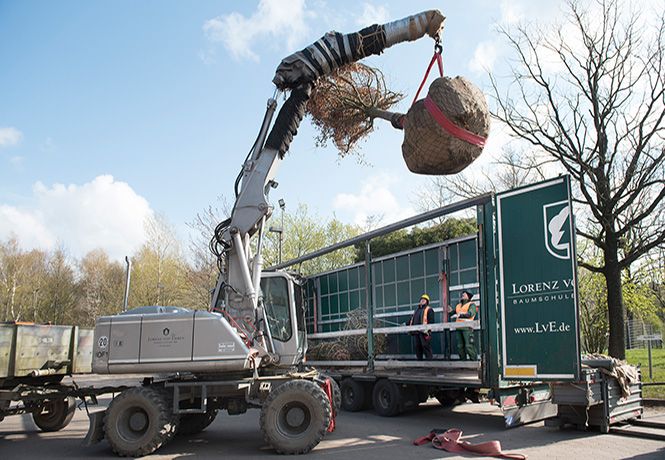
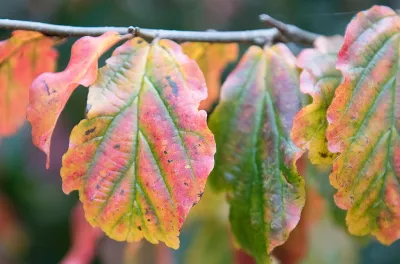
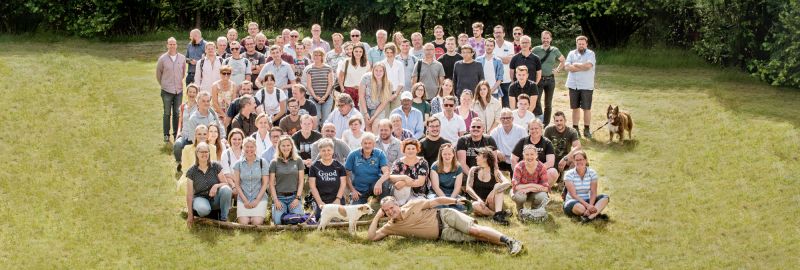

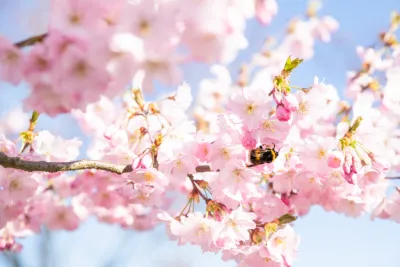
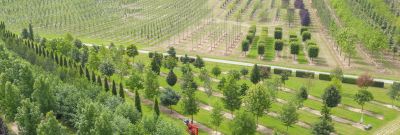
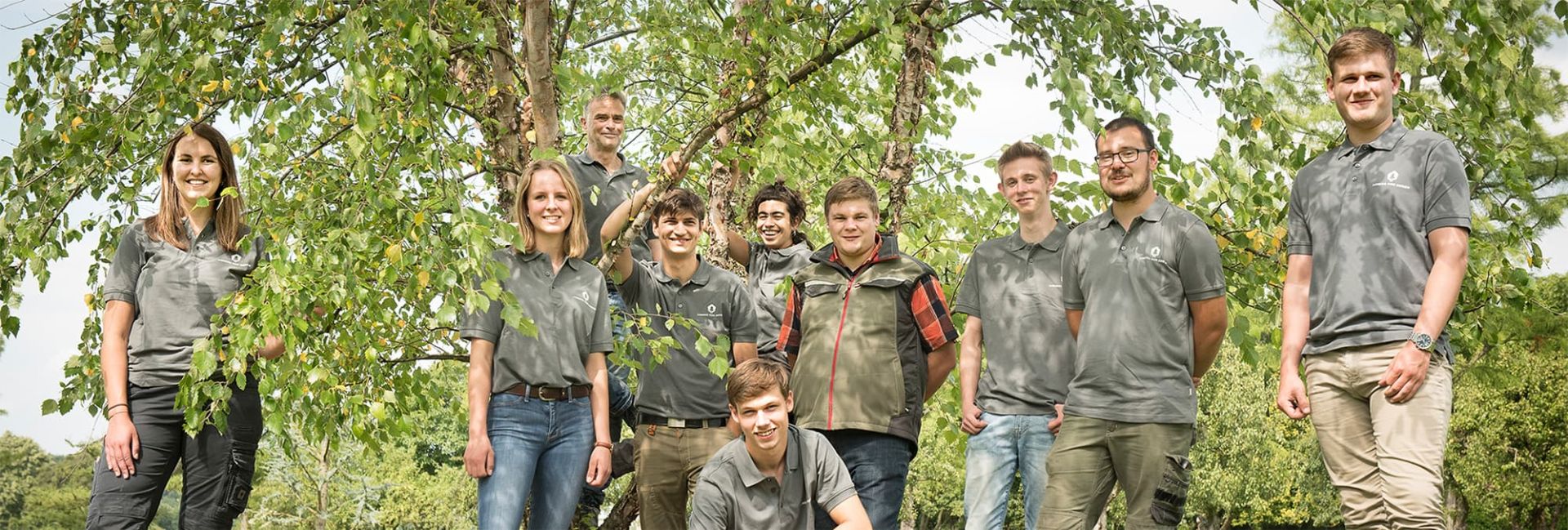
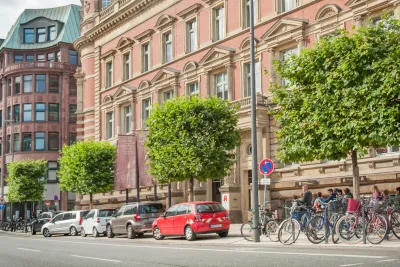
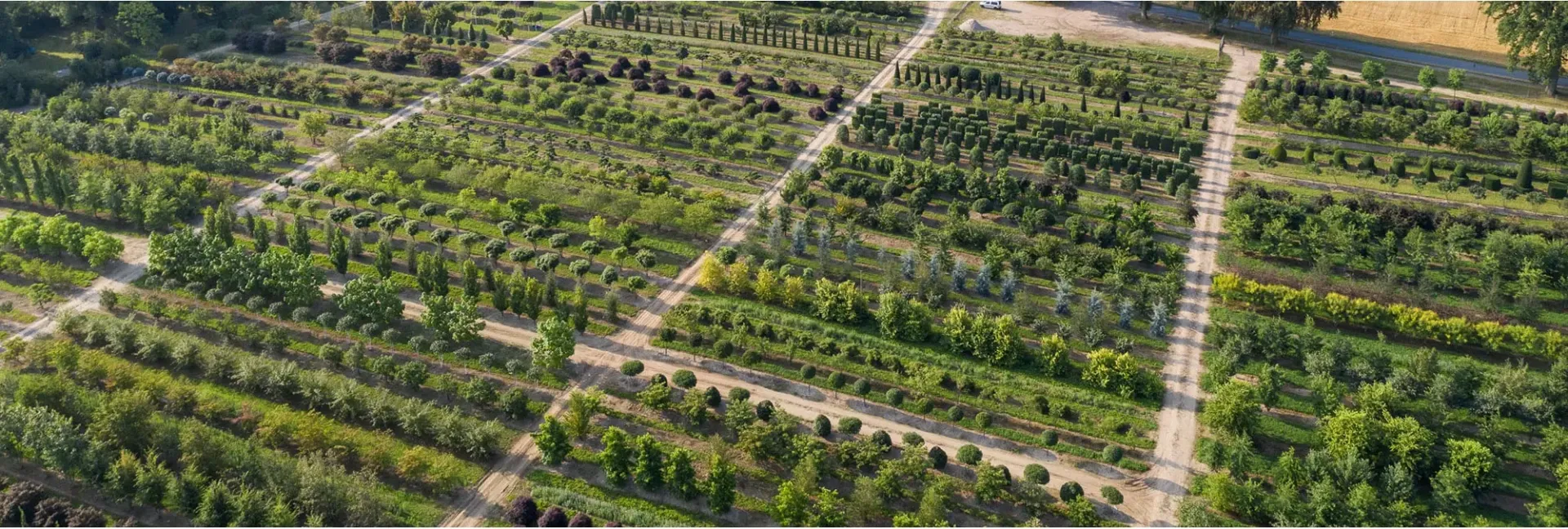
_400x400.webp)
